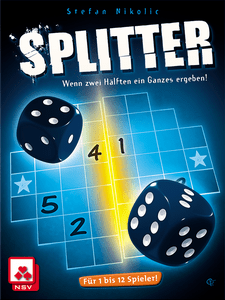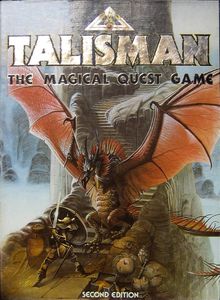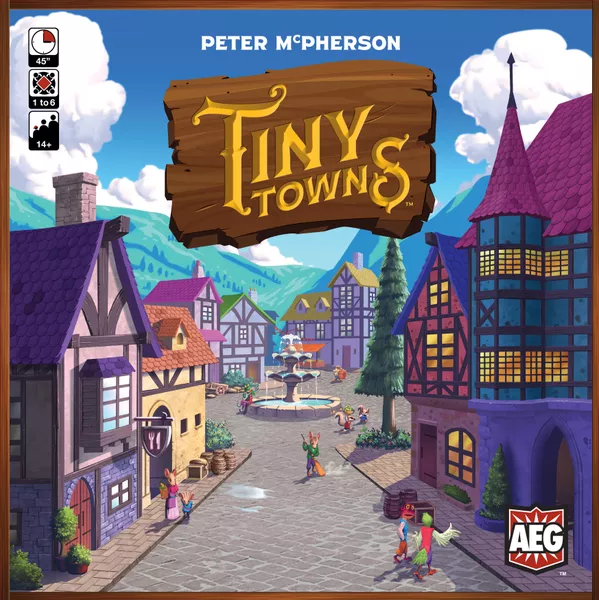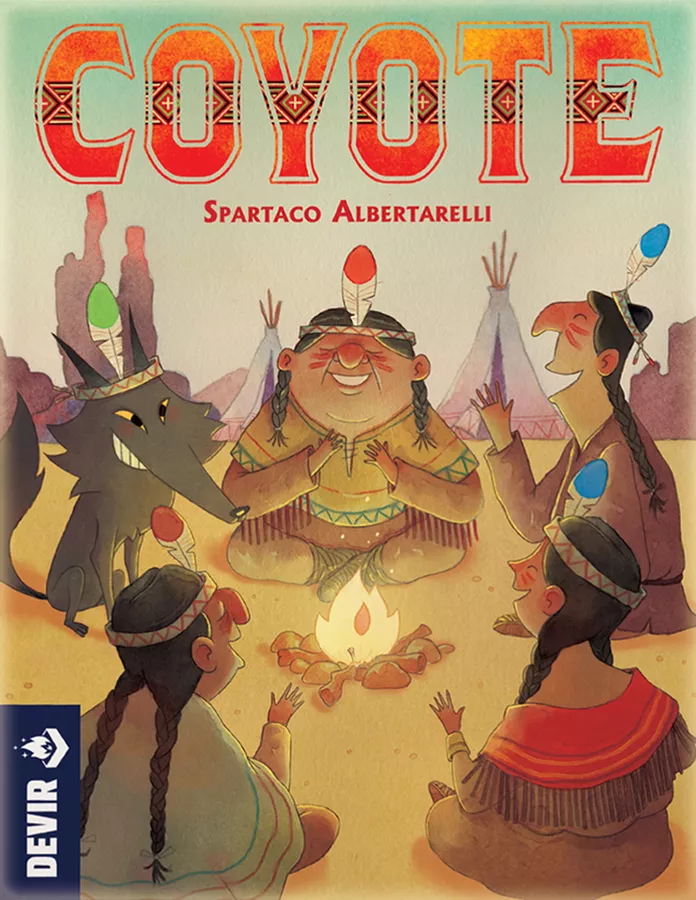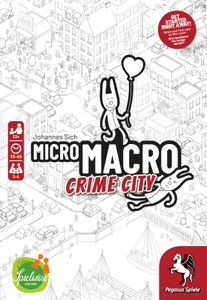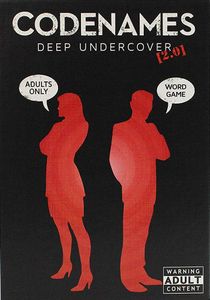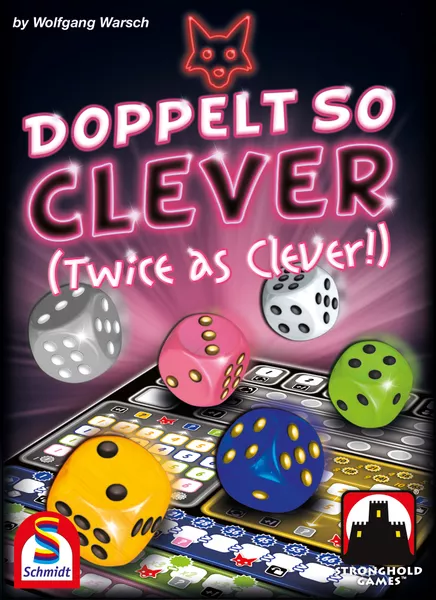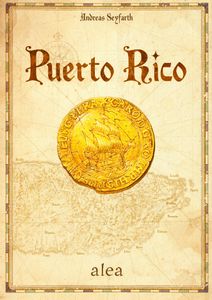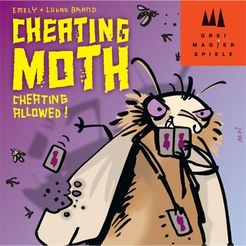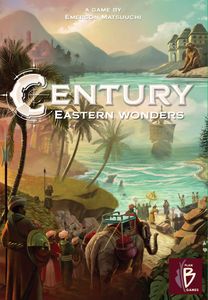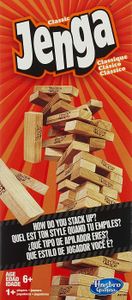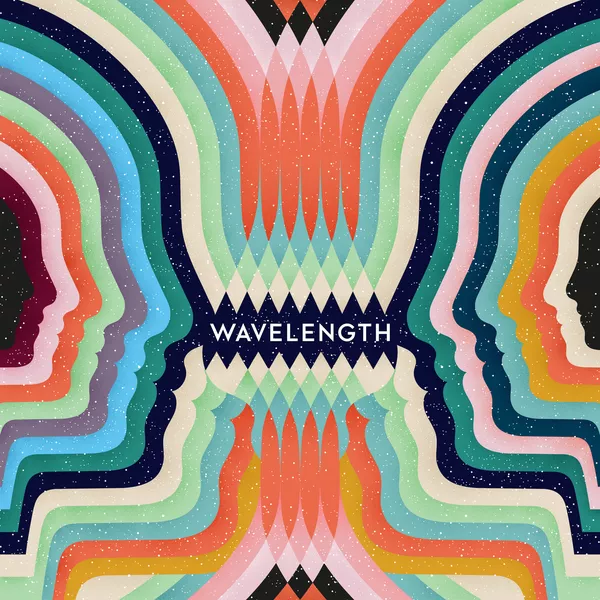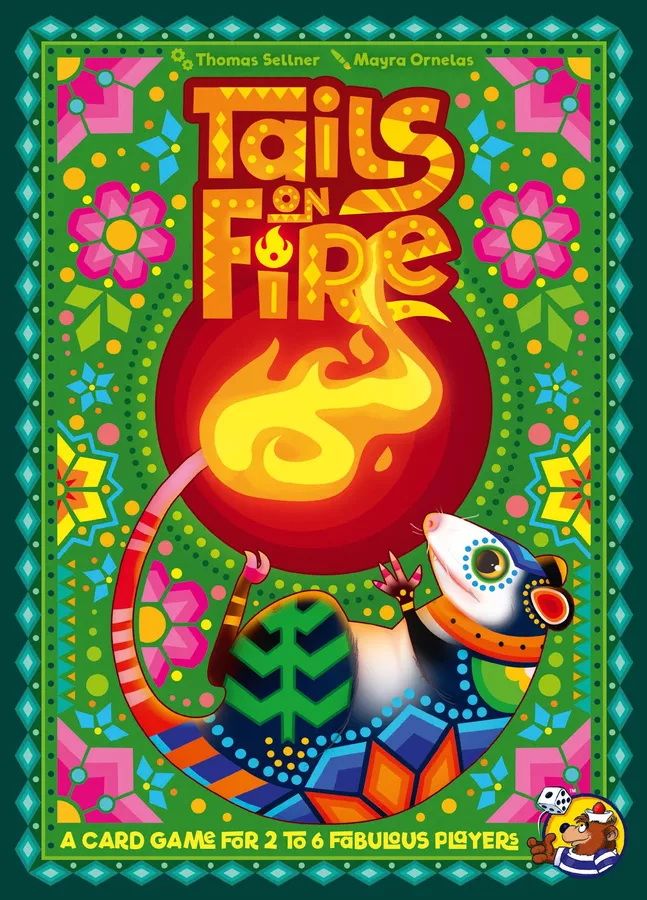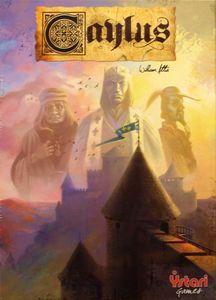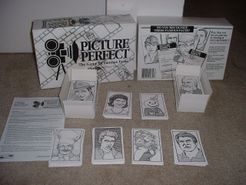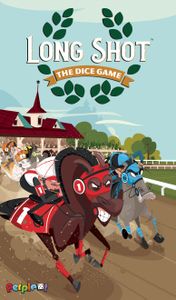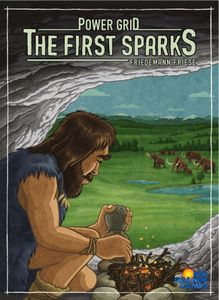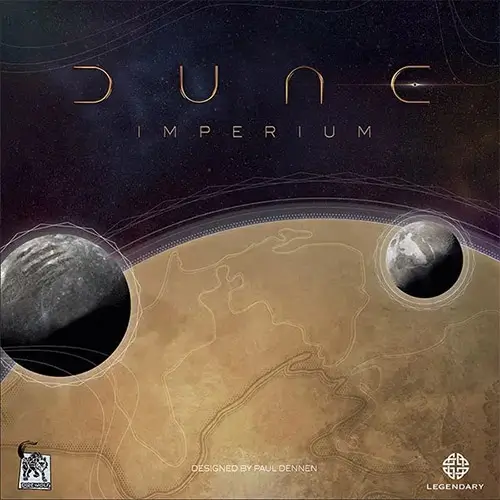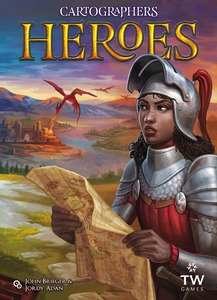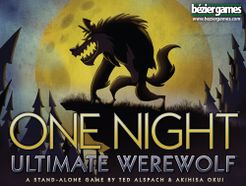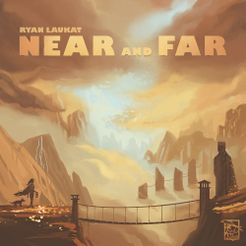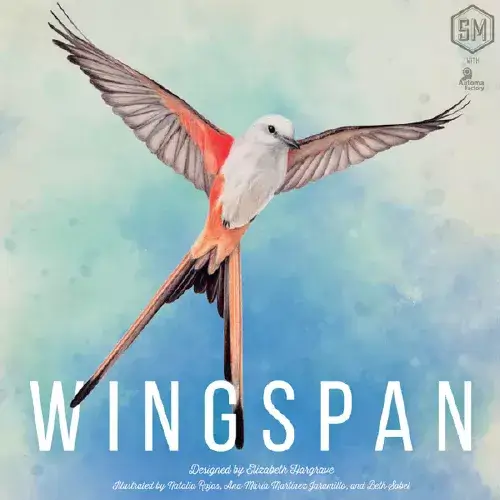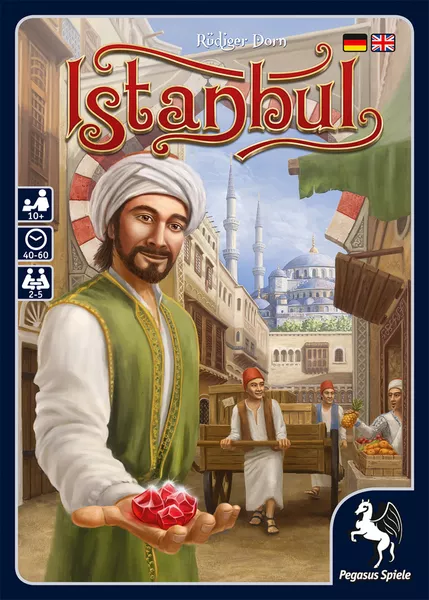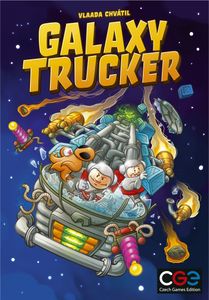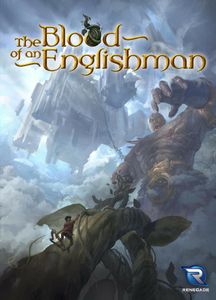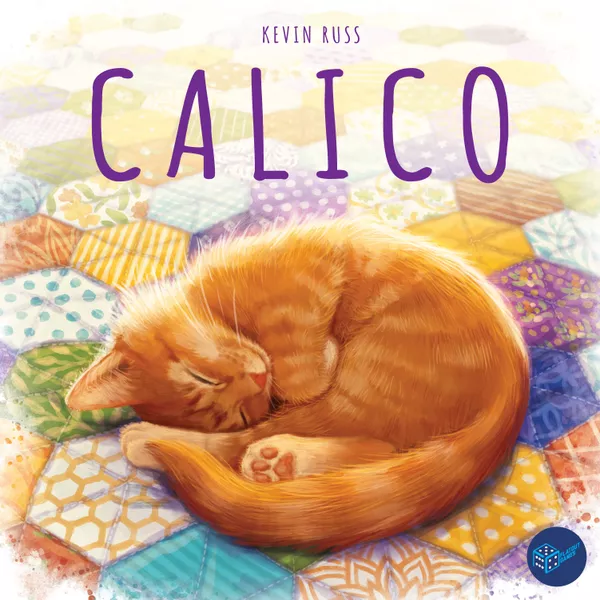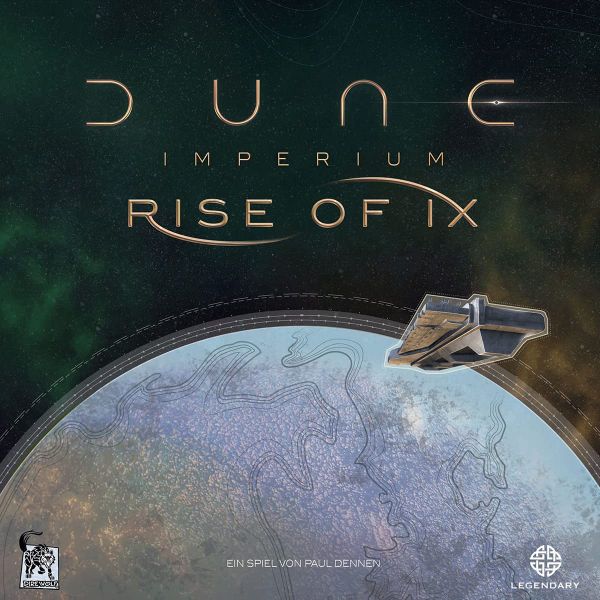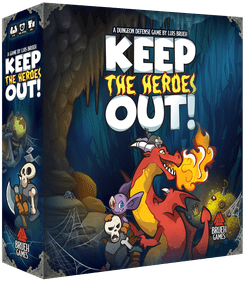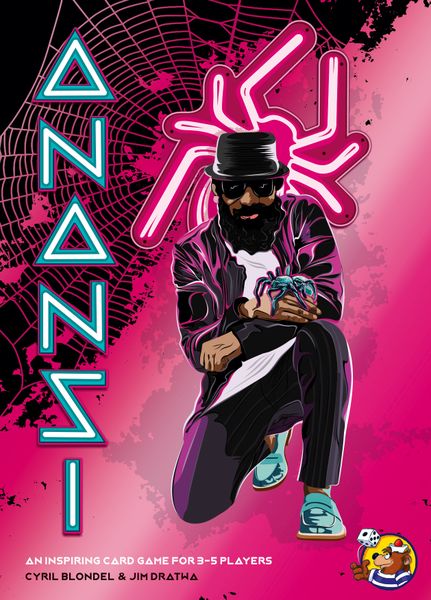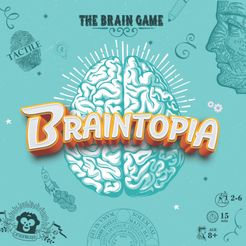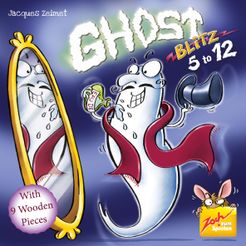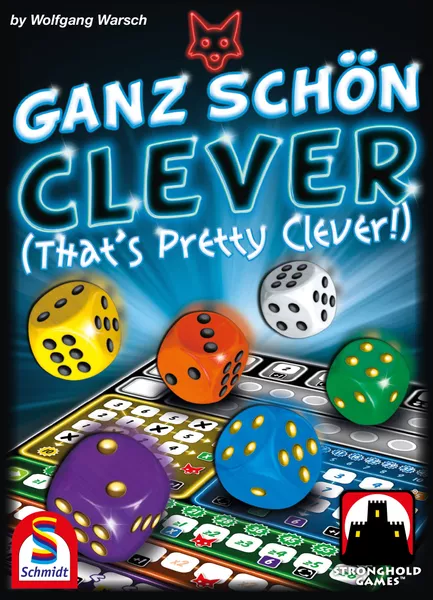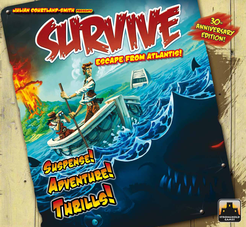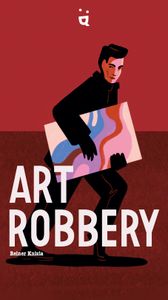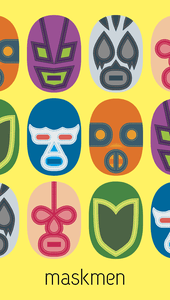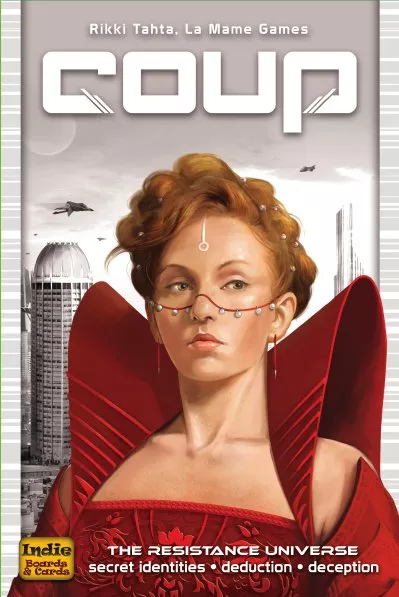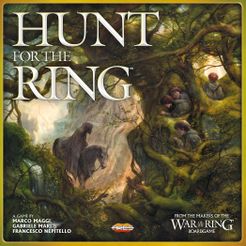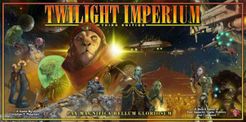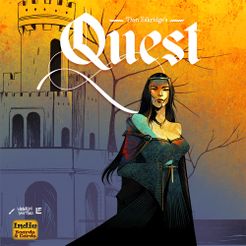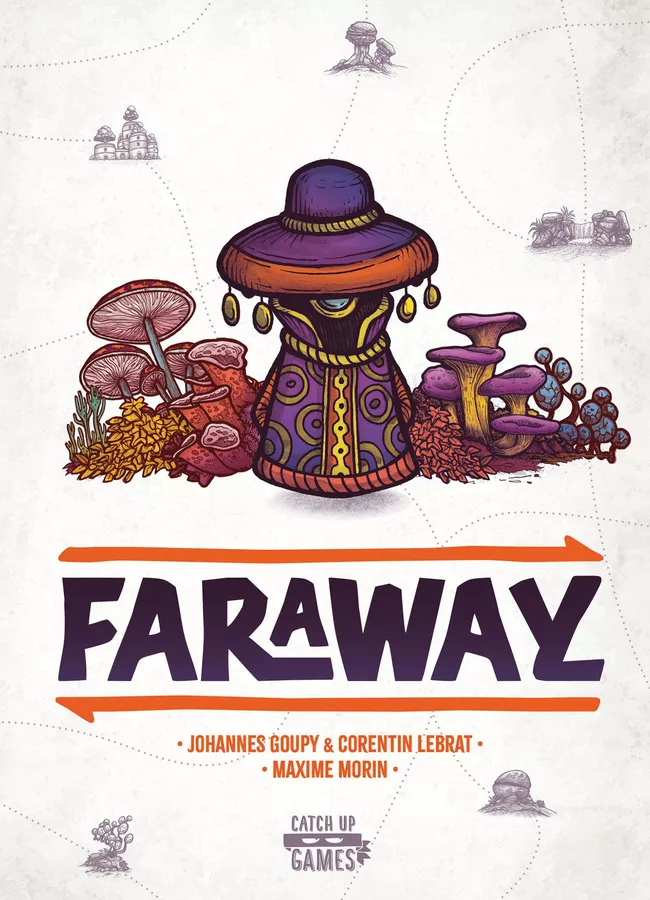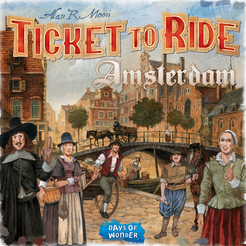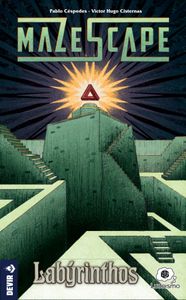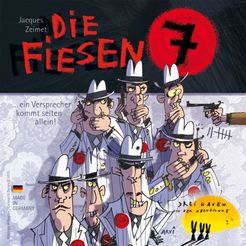Splitter (2021)
Place numbers in mirrored spaces to create scoring groups.
Designer: Stefan Nikolic
Artist: Oliver Freudenreich
Publisher: Nürnberger-Spielkarten-Verlag, Pandasaurus Games, White Goblin Games
- Overview
- How to Play
- Videos
- Play Now
- Ratings & Comments
In Splitter, you must group numbers together to score points — two 2s, three 3s, and so on — but you're placing two numbers at a time, so things won't always work out.
Each player has their own score sheet with 44 empty spaces on it, with two different patterns of spaces included in the box; each pattern has a dashed line through the middle that splits it into two mirrored halves.
On a turn, someone rolls two six-sided dice. Each player then writes the results, e.g. 1 and 4, in empty spaces in the pattern, with each number being in the mirrored space of the other. If, say, you place the 1 in the leftmost space of the top row, then you must place the 4 in the rightmost space of the top row.
After 22 dice rolls, everyone's pattern will be filled. Each 1 on its own — that is, with no other 1s orthogonally adjacent — scores 1 point; each set of two 2s that have no other orthogonally adjacent 2s score 2 points; and so on up to a set of six 6s with no other orthogonally adjacent 6s being worth 6 points. A starred space is present on each half of the pattern, and a scored group that contains this starred space has its points doubled. (One pattern has a set of three spaces with hearts, and if you fill all three hearts with the same number, you score 5 points.)
Whoever has the highest score wins.
Videos
Where to Buy Splitter (2021)
*We could earn commissions when you purchase through these links.



